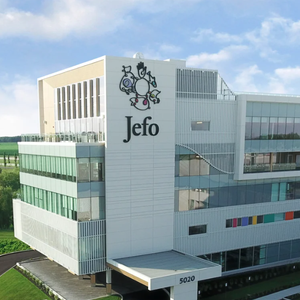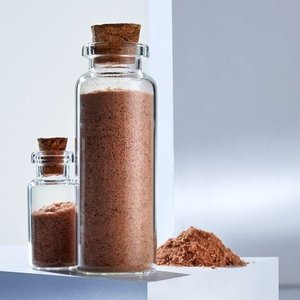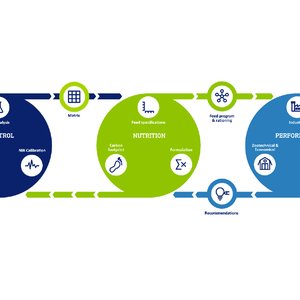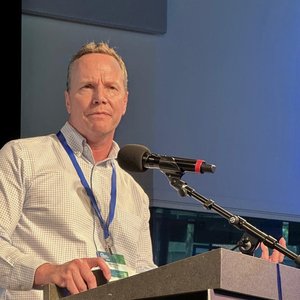The EU AquaIMPACT project is evaluating the importance of feed development, feeding practices and genetics to reduce nutrient loading in rainbow trout.
The feed conversion rate has been reduced by 47% at rainbow trout farms located at the coastal areas of the mainland Finland from 1981-2016. The same has happen to phosphorus and nitrogen loading, that has been reduced by 76 % and 70 %, respectively. In 1981, loading of phosphorus was 16.0 and of nitrogen 125.6 (t/kg). In 2016, values were 3.8 and 37.8, respectively.
This improvement in resource efficiency is a win-win for both industry and environment – the same amount of food can be produced with significantly reduced amounts of raw materials and reduced environmental impact.
Scientists found that nutrient loading has been reduced by several factors such as better feeding practices and farm management, better feed composition and raw materials, genetic improvement in FCR by selective breeding program and potential changes in the environment.
AquaIMPACT project is estimating the importance of these factors on the reduction in nutrient loading.
Genomic and Nutritional Innovations for Genetically Superior Farmed Fish to Improve Efficiency in European Aquaculture, AquaIMPACT, is an EU-funded innovation action that develops technologies and services for European aquaculture that are based on selective breeding, genomics, fish nutrition, and digitalization.












